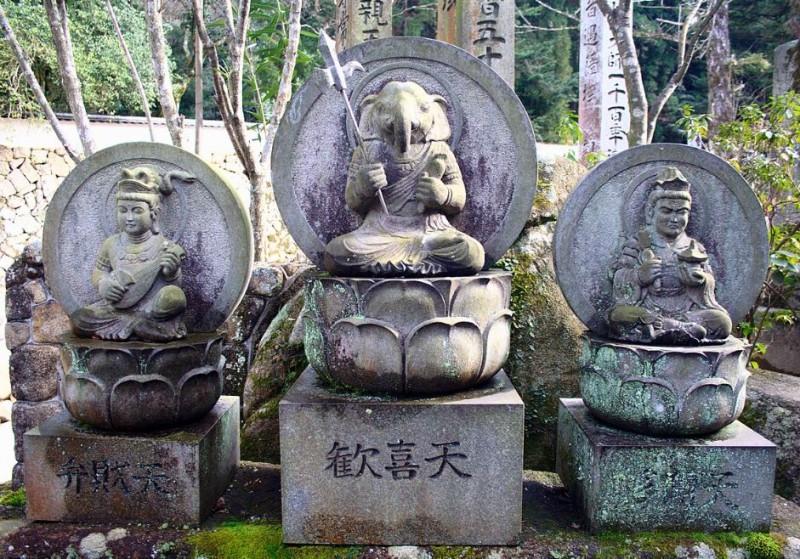
Japan, renowned for its rich culture and deep-rooted traditions, shares a unique connection with Lord Ganesha. The beloved Hindu deity, often revered as the remover of obstacles and the harbinger of wisdom, finds an intriguing place in Japanese spirituality. In this article, we delve into the fascinating world of Lord Ganesha's worship in Japan, the beliefs surrounding him, and the captivating history of his veneration in this distant land.
Lord Ganesha in Japan:
In Japan, Lord Ganesha is affectionately referred to as "Kangiten" or "Kangid." This title reflects the synthesis of two deities, Kangi and Gid, symbolizing the male and female aspects of Lord Ganesha, respectively. Kangiten is typically depicted as a red-skinned deity with multiple arms, reminiscent of the traditional Indian portrayal of Lord Ganesha. However, Kangiten usually features six arms, each holding different symbolic items, showcasing his unique characteristics.
Beliefs and Practices:
Kangiten, like his Indian counterpart, is revered as a deity who removes obstacles, brings good fortune, and bestows blessings upon his devotees. Devotees in Japan turn to Kangiten to seek his divine assistance in overcoming life's obstacles, whether they are physical, emotional, or spiritual. Additionally, Kangiten is believed to protect against calamities, diseases, and misfortunes, making his worship an integral part of Japanese life.
As part of their devotion, devotees offer fruits, sweets, and other vegetarian delicacies to Kangiten. These offerings symbolize gratitude and reverence for his divine presence in their lives.
History of Lord Ganesha's Worship in Japan:
The history of Lord Ganesha's worship in Japan is intertwined with the introduction of Buddhism to the country around the 6th century CE. This period marked the assimilation of Hindu deities, including Lord Ganesha, into Japanese culture. It is during this era that Kangiten made his presence felt in the Japanese spiritual landscape.
Kangiten's worship is primarily associated with Esoteric Buddhism, where he is considered a deity of transformation and an embodiment of spiritual awakening. Over the centuries, Kangiten seamlessly integrated into Japanese society, becoming an essential part of the nation's religious tapestry. This cultural integration reflects the open-mindedness and adaptability of Japanese spirituality.
The worship of Lord Ganesha in the form of Kangiten stands as a testament to the enduring power of cultural exchange and the ability of spirituality to transcend geographical boundaries. In Japan, Kangiten continues to be a symbol of hope, protection, and the unwavering belief that obstacles can be overcome with faith and devotion. This unique fusion of Hindu and Japanese traditions is a remarkable example of harmonious coexistence and shared reverence for the divine. It embodies the universal message that, despite our differences, the pursuit of spiritual wisdom and the quest for a better life are shared aspirations that unite us all.
The Divine Family of Lord Ganesha: His Wife and Children
Lal Bagh ke Raja: Celebrating Ganesh Chaturthi with Grandeur in Mumbai
Lord Ganesha: The Global Deity of Beginnings and Blessings